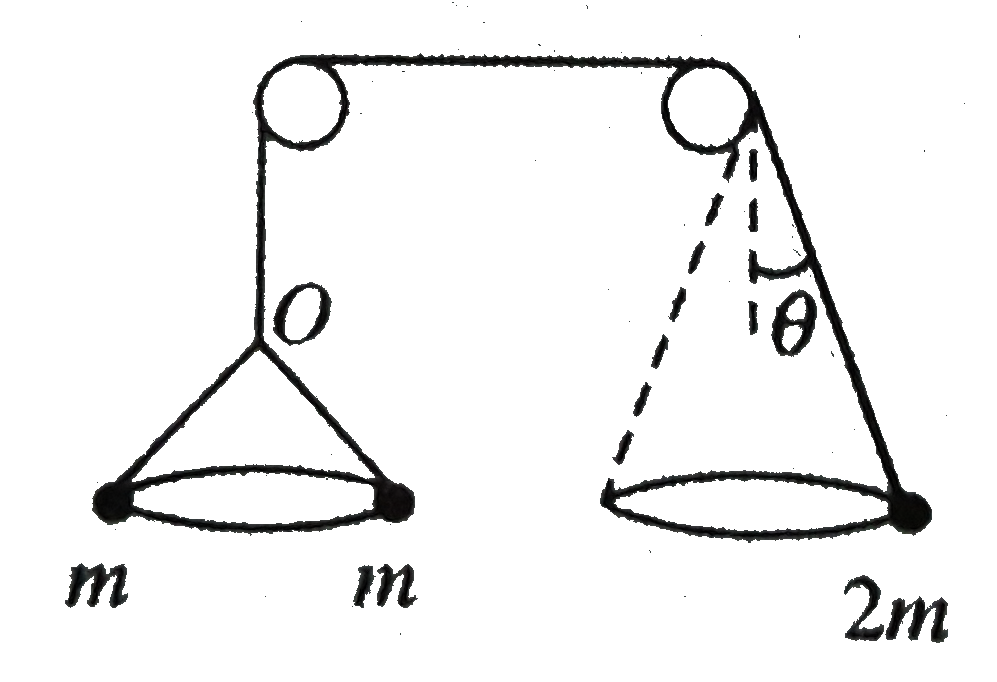Text Solution
Verified by Experts
Topper's Solved these Questions
NEWTON'S LAWS OF MOTION 2
CENGAGE PHYSICS|Exercise Subjective|21 VideosNEWTON'S LAWS OF MOTION 2
CENGAGE PHYSICS|Exercise Single Correct|87 VideosNEWTON'S LAWS OF MOTION 2
CENGAGE PHYSICS|Exercise Exercise 7.2|16 VideosNEWTON'S LAWS OF MOTION 1
CENGAGE PHYSICS|Exercise Integer|5 VideosPROPERTIES OF SOLIDS AND FLUIDS
CENGAGE PHYSICS|Exercise INTEGER_TYPE|2 Videos
Similar Questions
Explore conceptually related problems
Knowledge Check
CENGAGE PHYSICS-NEWTON'S LAWS OF MOTION 2-Exercise 7.3
- Three masses are atteched to strings rotaing in the horizontal plank ....
Text Solution
|
- Can force determine the direction of motion ? Direction of acceleratio...
Text Solution
|
- Your are riding on a Ferris wheel that is rotating with a constant spe...
Text Solution
|
- A bead slide freely along a curved wire lying on a horizontal surface ...
Text Solution
|
- A smooth block loosely fits in a circular tube placed on a horizontal ...
Text Solution
|
- An amusement park ride consist of a large verticle cylinder that spins...
Text Solution
|
- Tarzan (m = 85.0 kg) tries to cross a river by swinging on a vine . Th...
Text Solution
|
- A roller -coaster car a mass of 500 kg when fully loaded with passenge...
Text Solution
|
- An air puck of mass m(1) is tied to a string allowed to revolved in a ...
Text Solution
|
- A sleeve A can slide freely along a smooth rod bent in the shape of a ...
Text Solution
|
- A ball suspended by a thread swings ia a vertical plane so that its ac...
Text Solution
|
- A simple pendulum is oscillating with angular displacement 90^(@) For ...
Text Solution
|
- A ceiling fan has a diameter (of the circle through the outher edges o...
Text Solution
|
- A block of mass m is kept on a horizontal ruler . The friction coeffic...
Text Solution
|
- An old record player of 15.0 cm radius at 33.0"rev" min^(1) while moun...
Text Solution
|
- A 60-kg woman is on a large vertical swing of radius 20 m . The swing...
Text Solution
|
- A rod OA rotates about a horizontal axis through O with a constant ani...
Text Solution
|
- A small mass m and its supporting wire because a simple pendulum when ...
Text Solution
|
- A simple pendulum is constructed by attaching a bob of mas m to a stri...
Text Solution
|
- A car is moving with uniform speed over a circular bridge of radius R ...
Text Solution
|
